|
|
| |
| |
|
DANUP-2-GAS - NEWSLETTER N.3
|
| |
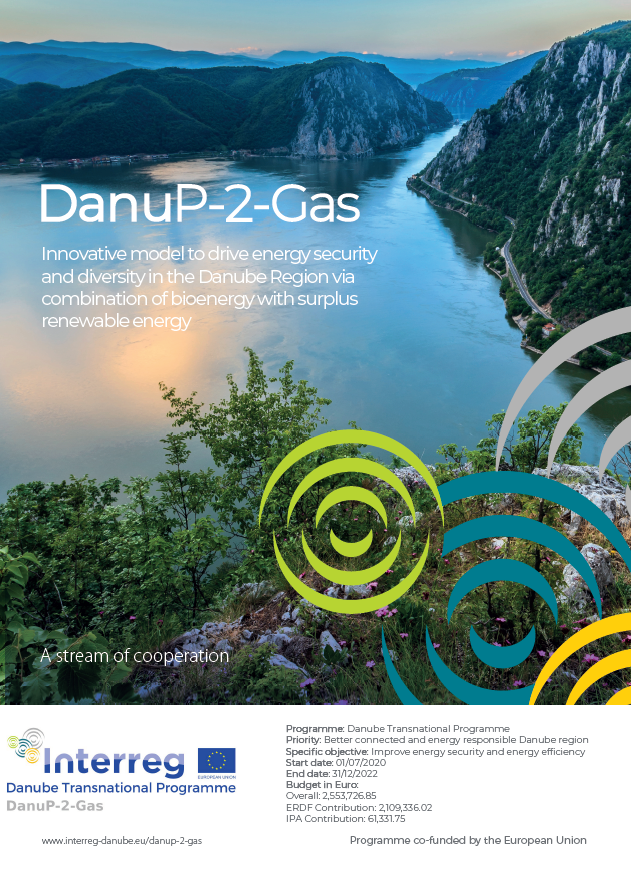 |
|
The Danube Region holds huge potential for sustainable generation and storage of renewable energy. However, to date this region is highly dependent on energy imports, while energy efficiency, diversity and renewables share are low. In line with the EU climate targets for 2030 and the EUSDR PA2 goals DanuP-2-Gas will advance transnational energy planning by promoting generation and storage strategies for renewables in the Danube Region by coupling the electric power and gas sector.
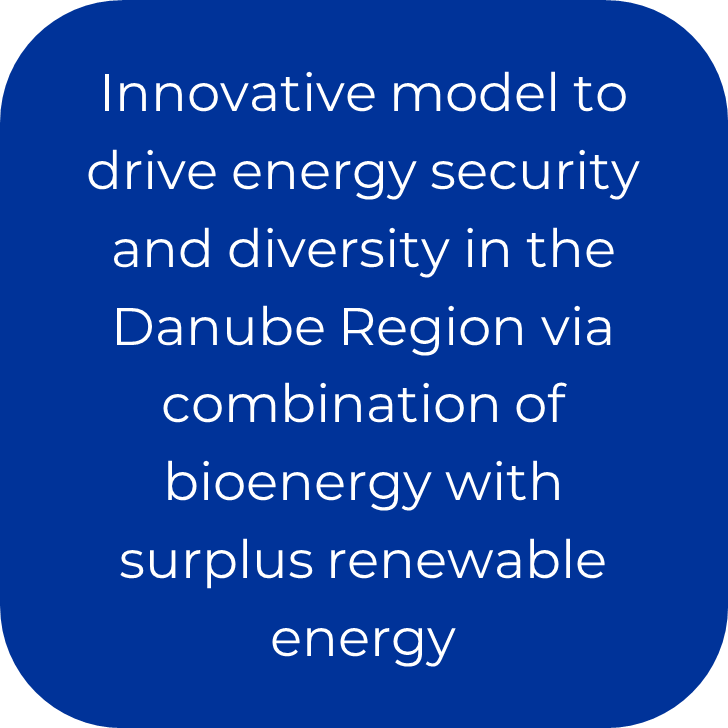
|
|
|
Welcome to the 3rd official newsletter of the DanuP-2-Gas project! With 2021 the project has commenced its second implementation period which will last until the end of June 2021.
At present DanuP-2-Gas is primarily focused on the continued development of the framework for acquisition and documentation of relevant content related to the potentials and opportunities for supporting the uptake of renewable energy generation and novel energy storage technologies through sector coupling in project partner countries. Most notably, the partners have been involved in establishing the methodologies and underlying structure for the collection of critical user input on the topics of 1. biomass availability assessment and existing infrastructure for identifying and optimizing sector coupling potentials and 2. user requirements about the interface and main functionality of the Danube Energy Platform in development.
Within work package 3, the partners’ focus was on Activity 1 – Policy assessment. Project partners finalized the Structure for framework assessment of the national policy context, which will provide the basis for developing the country reports outlining feasibility and potential legal as well as administrative barriers for implementing investments related to the focus technologies and sectors of DanuP-2-Gas. The next step is the Q&A workshop that will take place in May. The workshop will be dedicated to discussion on the assessment and future work on national reports.
Additionally, project partners have been focused on finalizing the structure of the Subsidies Catalogue that will provide a comprehensive overview on available funding programmes and mechanisms on the regional, national and international level, which could be applied to support investment into energy security, bioenergy, sector coupling, and other areas related to the main thematic interest of DanuP-2-Gas. The partners have also commenced with the provision of initial data input regarding existing support mechanisms specific to their regional and national context. Development of the Catalogue is expected to be completed in Semester 3 and will be available via the Danube Energy Platform to all stakeholders interested.
WE INVITE YOU TO READ THROUGH THE NEWSLETTER FOR MORE INFORMATION.
|
|
|
A web-based tool that will be designed to connect and strengthen cooperation among key players of the energy sector inside Danube Region with special consideration of renewables and energy storage concepts. The platform will serve as information source and link for public and private stakeholders to ensure efficient information flow, knowledge transfer and synergistic cooperation towards effective energy storage and planning. It will be based on the pre-existing platform developed during the DTP project ENERGY BARGE (energy-barge.eu), which will be enhanced with additional features.
A very important tool accessable through the interactive Danube Energy platform will also be Transnational Renewable Energy Atlas – a separate tool providing transnational biomass and energy infrastructure data. The Atlas will enable better exploitation of the bioenergy potential present in the Danube Region.
To design the platform according to the needs and wishes of future users, we launched the public call for feedback to collect the input from stakeholders in the form of two questionnaires. The first questionnaire was about the functionality and content of the platform in general, the second one was specifically about data on infrastructure and biomass resources and which data should be added. All partners have already started with the collection of biomass and infrastructure data to get an overview of data availability and possible data lacks. The public call for feedback ended on April 1st 2021 and since then partners have been cooperating and making adjustments to biomass and infrastructure tables.
To be up to date with the development of Danube Energy Platform, visit the official project website and follow DanuP-2-Gas project on social media.
|
|
| |
|
Second PROJECT AND STAKEHOLDER MEETING
|
| |
|
On the 3rd of March, 2021, Energy Agency of Savinjska, Šaleška and Koroška Region (KSSENA) organised 2nd official DanuP-2-Gas project and stakeholder meeting.
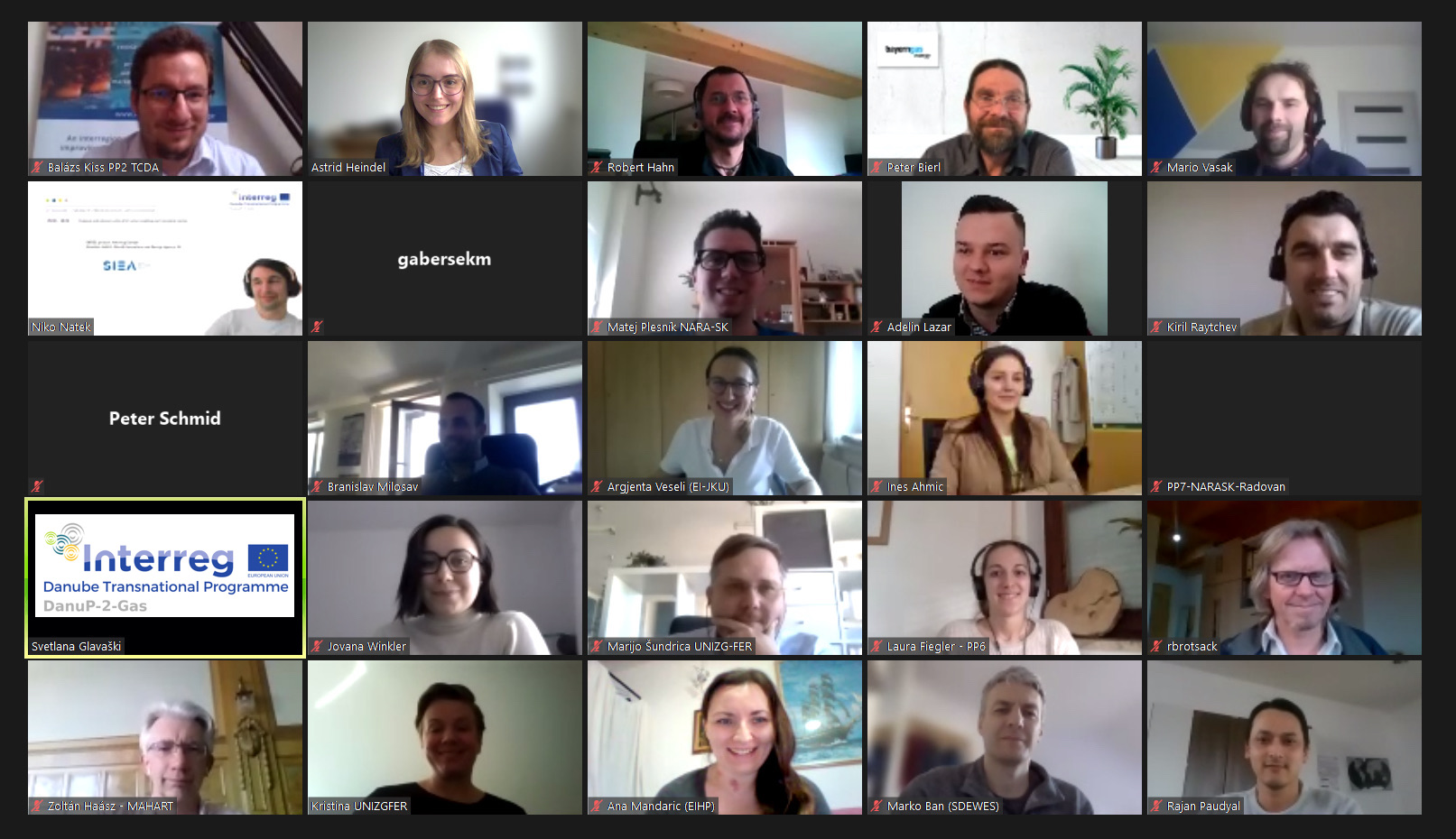
The event, which was held online in the form of a video conference, featured two main sessions. The first session focused on the background and context of project relevance, identification of development potentials, existing bottlenecks, and barriers, C Strategic Partners (ASPs) as well as external project stakeholders and representatives of key target groups. All project partners highly appreciated the involvement of external stakeholders and found the meeting very beneficial from the perspective of new information gain.
The list of external stakeholders who contributed to the event programme and presentations held by external guests are available on the official website of the DanuP-2-Gas project: Read more >>
The second part of the event was dedicated to the project Steering Committee Meeting and internal communication of project partners, to discuss the finalization and planning of pending and future activities.The event moderation was assigned to the energy expert and project manager from KSSENA, Mr. Niko Natek, who attracted the attention of listeners and contributed to the overall success of the event.
|
| |
|
| |
|
TERRITORIAL PERSPECTIVES AND DEVELOPMENT POTENTIALS: BAVARIA
|
| |
|
Bavaria is located in the south-east of Germany. With more than 13 million inhabitants, the region is the second most populous German state. It borders both Austria and the Czech Republic and plays therefore an important role in transnational cooperation. In the course of the last decades, CO2-emissions could be lowered by 15% (2016 compared to 1996). In order to reach the EU climate goals, the Bavarian Government promotes extended use of renewable energy sources and funds projects for the implementation of the energy transition. In 2020, the Landesagentur für Energie und Klimaschutz (LENK, State Agency for Energy and Climate Protection) was founded by the Bavarian Government to bundle expertise and power of the different Bavarian regions, their institutions, governments and companies in order to further and faster progress in terms of energy transition.
In 2017, 44% of the gross electricity consumption was generated by renewable energy sources, mainly from hydroelectric and photovoltaic power, but also from biogas. Biogenic resources play an even bigger role in the generation of heat.
According to the action programme for energy (“Aktionsprogramm Energie”) by the Bavarian State Ministry for Economic Affairs, Agriculture and Energy, Bavaria plans to expand energy generation through photovoltaic and wind power. Another pillar is the generation of heat from biogenic resources, which in the future will be more intensively combined with the simultaneous generation of electricity and/or with prior processing into gas and conversion into electricity in CHP plants. The state has also adapted a Bavarian Hydrogen Strategy.
In Bavaria, there are projects in place to give an overview of existing biomass and other renewable energy sources. One of them is the “Energieatlas Bayern” (Energy Atlas Bavaria). Interactive maps show renewable energy resources, plants and information on the state of the energy transition in the different regions. In DanuP-2-Gas, this information will be used and broadened regarding different biomass types and infrastructural circumstances and therefore an additional value will be created. Efforts are also being made at the municipal level to record energy from renewable energy plants more accurately.
Another project is the “Energiemonitor” (energy monitor, a project by Bayernwerk Netz Ltd.), which illustrates the production of surplus renewable energy by recording and updating all power generators and consumers from the Ruhstorf an der Rott, the city where the Technology Centre Energy (Lead Partner) is located.
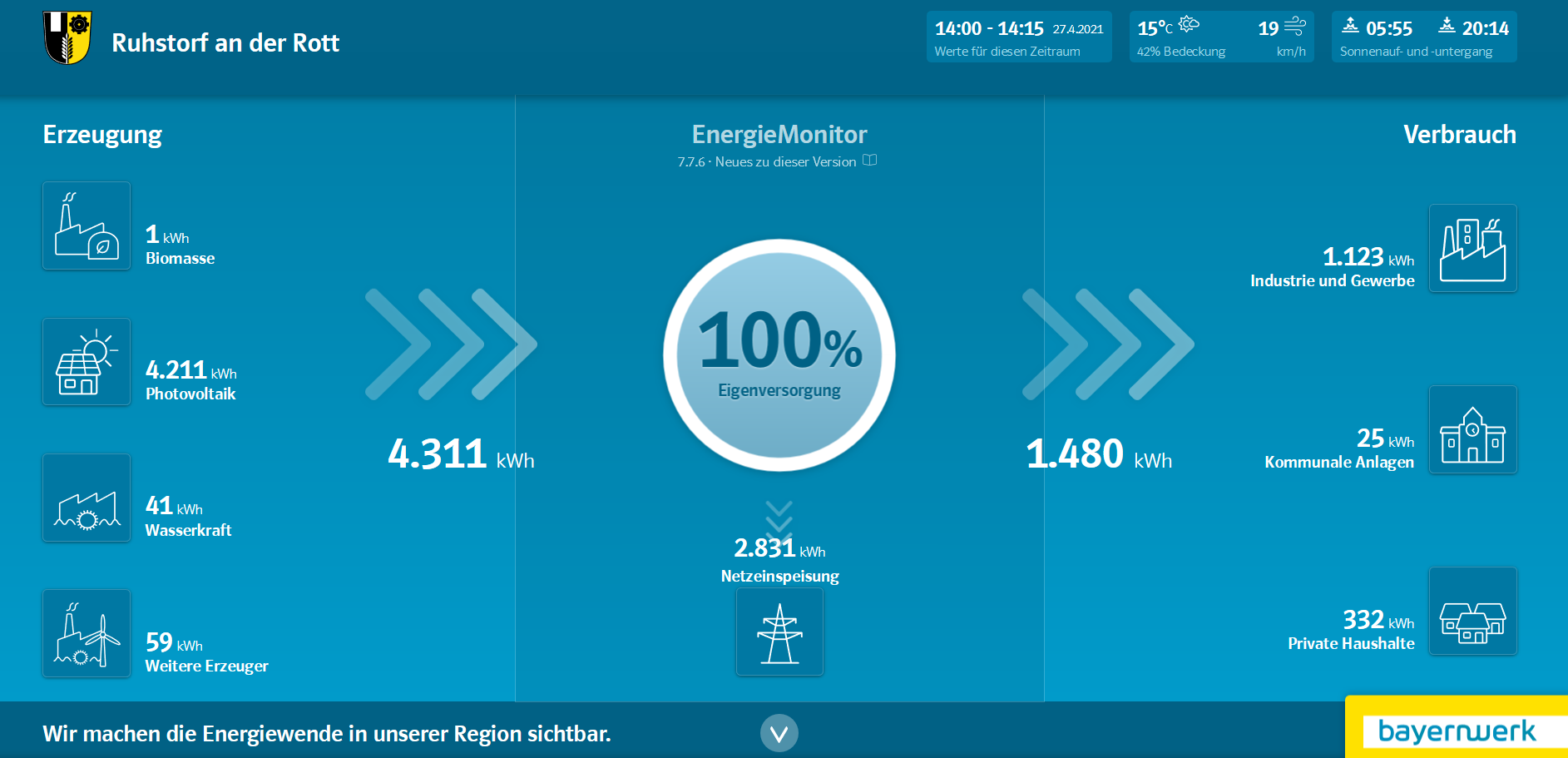
Image: https://energiemonitor.bayernwerk.de/ruhstorf
With power-to-gas hubs, energy efficiency can be increased even more in Bavaria. DanuP-2-Gas and other follow-up projects will contribute to the goals of the Bavarian government to further develop energy transition.
|
|
| |
|
DanuP-2-Gas ON SOCIAL MEDIA
|
| |
|
You can follow the DanuP-2-Gas project on social media:
 Like us on Facebook Like us on Facebook
 Follow us on Twitter Follow us on Twitter
We will regularly provide updates about the ongoing project activities, progress and achieved results in addition to following important developments on #renewable energy, #energy storage, #biomass, #biogas and #waste management, #fuel cells and #hydrogen, #sector coupling and other relevant topics within Europe and globally.
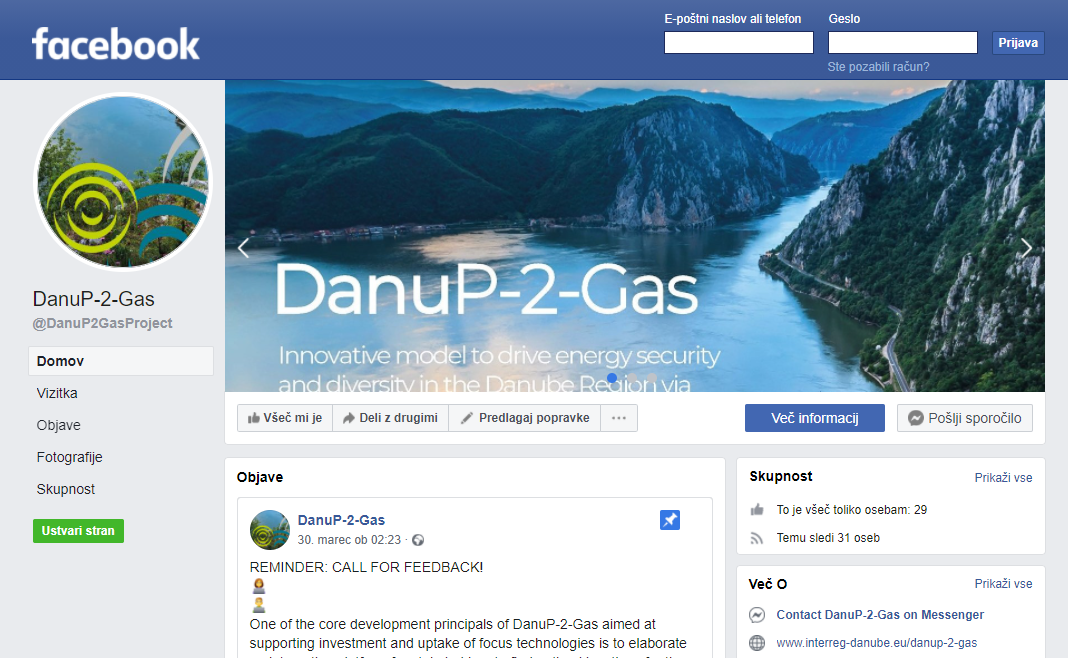 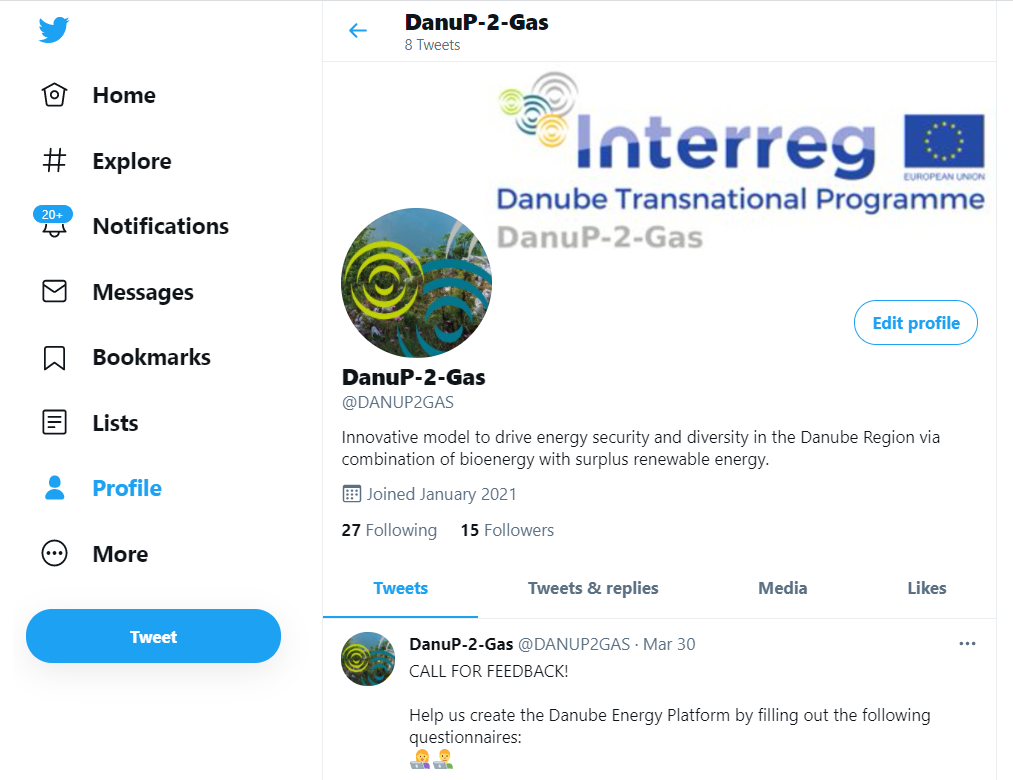
Follow us
to stay updated
at any times!
|
| |
|
|
|
|
| |
|
If you have received this newsletter, you have been included on one or more of the Danube Transnational Programme/projects postal mailing lists. We are committed to respect and protect the privacy of personal data collected. We regard your personal data as confidential information and will never communicate it to third parties. Your personal data are used mainly for the express purpose of receiving the newsletter. Your mailing details may also be used by the DTP and its projects for information and dissemination purposes strictly related to the programme and its projects. If you prefer not to receive more of this newsletter and your data not to be used for dissemination purposes, you can unsubscribe by sending a reply email.
|
|
|
|
|
|
